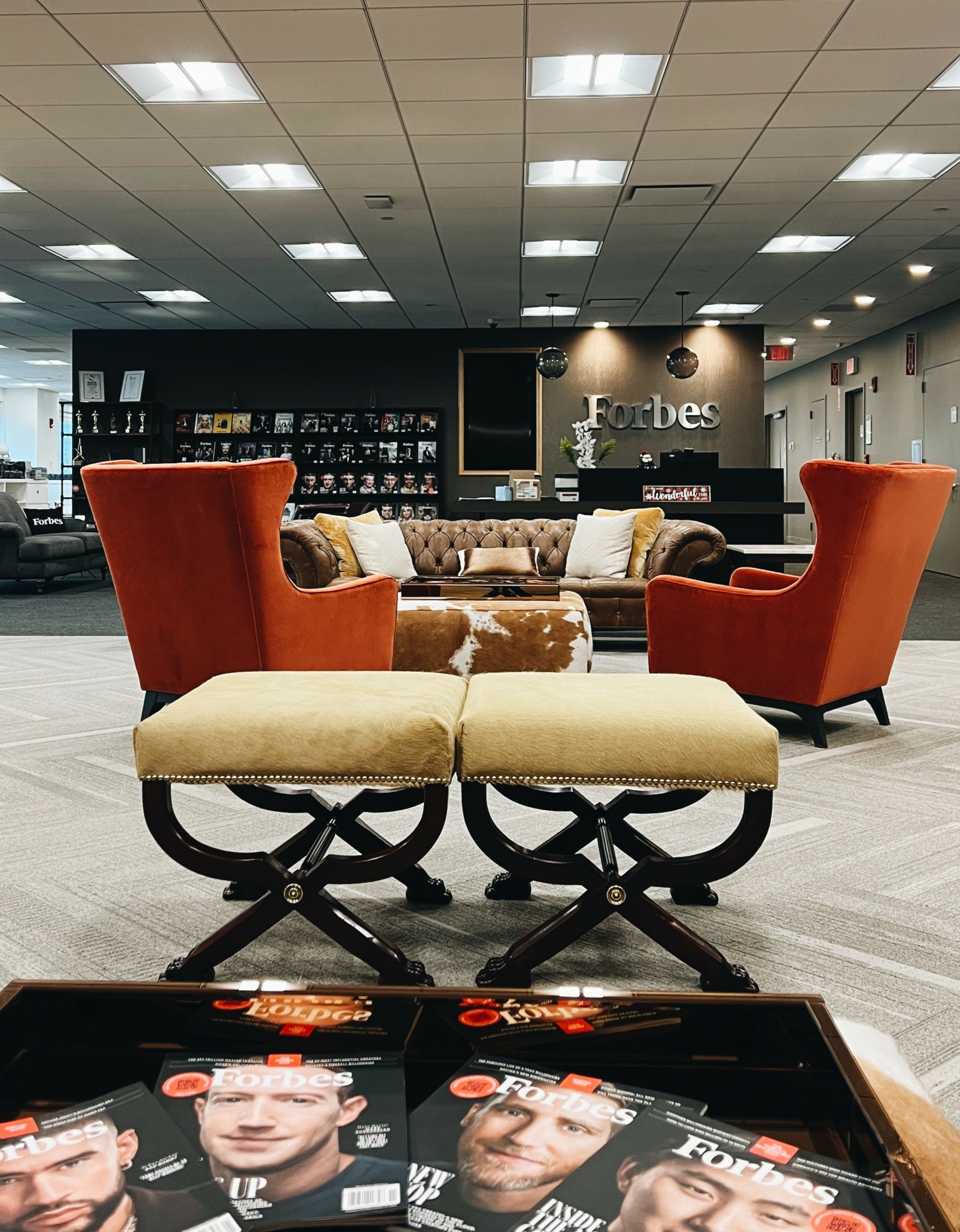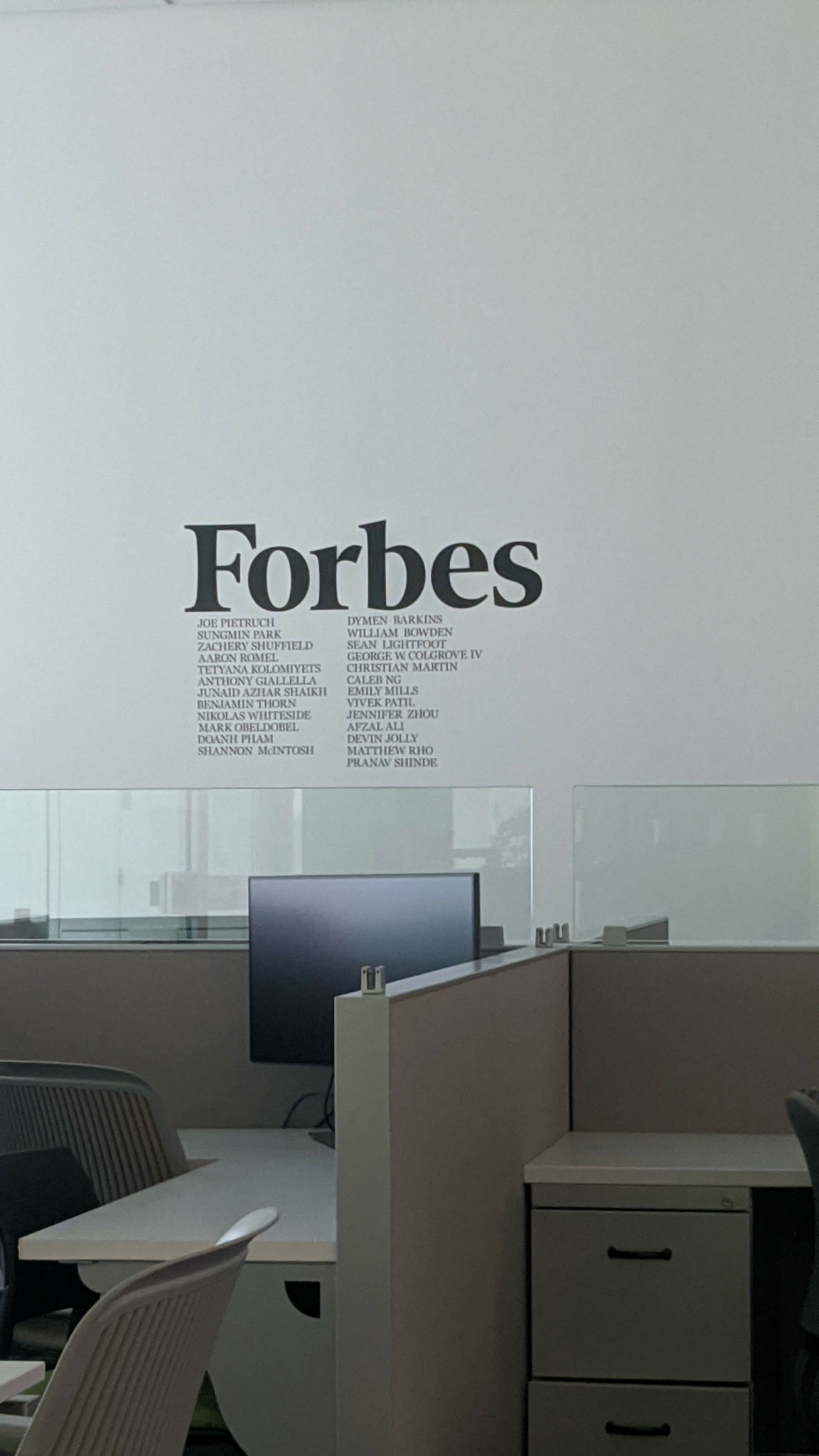We recently connected with Pranav Shinde and have shared our conversation below.
Pranav, appreciate you joining us today. We’d love to hear about a project that you’ve worked on that’s meant a lot to you.
One of the most meaningful projects I have worked on is Frase by Forbes, which is a daily word game that became Forbes’ first foray into the casual gaming space. The concept emerged from a collaborative effort between product and design, where the shared goal was to create something playful and habit-forming and a part of a wider engagement strategy for Forbes. The goal was to also make sure to stay aligned with Forbes’ reputation for quality and authority. I served as the Lead Product Designer for the end to end experience from the earliest sketches to the live product.
The project was particularly very exciting because it gave me the opportunity to explore a space that was brand new for our team. I’ve always been fond of the word games, so working on one that carried the Forbes name felt like the perfect blend of personal passion and professional challenge. We had to find a very delicate balance where the designs needed to be clean, polished, and credible enough to feel like “Forbes”, while still being inviting, playful and quick to pick up. This meant we were obsessed with all the small details, color palettes that helped convey energy without being too overpowering the content, typography that supported clarity and personality and interaction patterns that felt satisfying without slowing the player down.
The pace within the team was fast. We worked very closely across disciplines, sharing prototypes, ideas, making real-time decisions and iterating on feedback to get the game ready for launch in a fraction of a typical product cycle. The collaborative energy was one of my favorite parts. The sense that every person on the team was equally invested in making something fun and high-quality.
When the game launched, it quickly found a very loyal audience. People played daily, shared their results, and brought friends into the game. For me, the project was meaningful not just because it expanded Forbes’ digital footprint into an entirely new category, but because it proved that with the right vision and teamwork, we could create something fresh and engaging that still honored the brand’s voice. It reinforced my belief that great design is about more than aesthetics. It’s about building experiences that people want to return to and doing it together.

Great, appreciate you sharing that with us. Before we ask you to share more of your insights, can you take a moment to introduce yourself and how you got to where you are today to our readers.
I am a Product Designer with over 5 years of experience shaping digital experiences. My path into design started with a background in graphic design, but I quickly realized I was drawn to the challenge of making things not just look good, but work seamlessly for people. That curiosity led me into the world of UX, into a space where creativity meets problem-solving. And ultimately to my current role at Forbes, where I have spent the last few years designing products that connect millions of readers with stories and tools.
The work I do spans a wide range of products at Forbes: Subscriptions, Games, Web3 and Accolades (Forbes Lists). My role is mainly to bridge user needs with business goals, making sure that products are intuitive, engaging and scalable for future growth. i collaborate closely with cross-functional teams, from product managers to developers to editors, ensuring that the user experience is considered at every stage from concept to launch.
What really sets my approach apart is my ability to combine a strong a visual sense with a deep focus on usability and story telling. I see design not just as an interface but as a narrative where every interaction should help the user feel informed, empowered or delighted.
I am most proud of projects where I have pushed into a new territory, like Frase which expanded Forbes into the casual gaming space, and the Forbes Legacy Pass which is our innovative Web3 initiative, first of its kind in the publishing industry, that explored digital NFT ownership and community building. As the Lead Product Designer on these projects, I had the opportunity to help shape entirely new experiences for our audience, both in game design and in emerging technology. These efforts not only opened new creative and business possibilities for Forbes but also earned industry recognition, including a Webby Award and a Digiday Award. For me, they’re big proofs that even in established legacy brands, there’s always room to innovate, experiment and surprise audiences.
For potential future clients, I want them to know that my work is driven by curiosity, empathy and the belief that great design happens when you bring the right people together and challenge what’s been done before. I am at my best when I am diving into a new challenge, learning as I go and delivering products that not only meet the project goals but leave a lasting impression on people who use them.

For you, what’s the most rewarding aspect of being a creative?
For me, the most rewarding part of being a creative is how it lets me turn my curiosity and passion into something that others can experience and enjoy. I’ve always loved word games and puzzles, so working on projects such as Frase feels like sharing a piece of that joy with thousands of people every day.
There is something deeply satisfying about collaborating with a team too. The energy when ideas bounce around, the late-night problem solving sessions and the shared excitement when a design finally clicks into place. Knowing that something I helped create makes someone’s day a little brighter or easier, even in a small way, keeps me motivated and grateful.
Creativity essentially for me, isn’t just a job, its more of a way to connect, to explore, and to leave a mark even if it’s subtle. That personal connection to both the work and the people that use it is what makes the journey truly meaningful.

Is there something you think non-creatives will struggle to understand about your journey as a creative? Maybe you can provide some insight – you never know who might benefit from the enlightenment.
One thing I think non-creatives often struggle to understand about one’s journey is just how much iteration, uncertainty and vulnerability it involves. People tend to see the polished final product. The sleek app, the beautiful interface, the smooth user flow, but they don’t always realize how many ideas get discarded, how many doubts arise and how often we have to push through moments of frustration or self-doubt.
Creativity in my opinion isn’t a straight line. Its messy and non-linear. It requires being comfortable with ambiguity, constantly testing and refining, and sometimes even failing before finding the right solution. That process feels invisible or even intangible to those outside the field.
I think it also helps to remember that creativity is as much about persistence and resilience as it is about inspiration. It is about embracing the unknown, trusting your instincts and collaborating closely with others to bring something meaningful to life.
Contact Info:
- Website: https://www.pranavshinde.me/
- Linkedin: https://www.linkedin.com/in/pranavshinde96/



